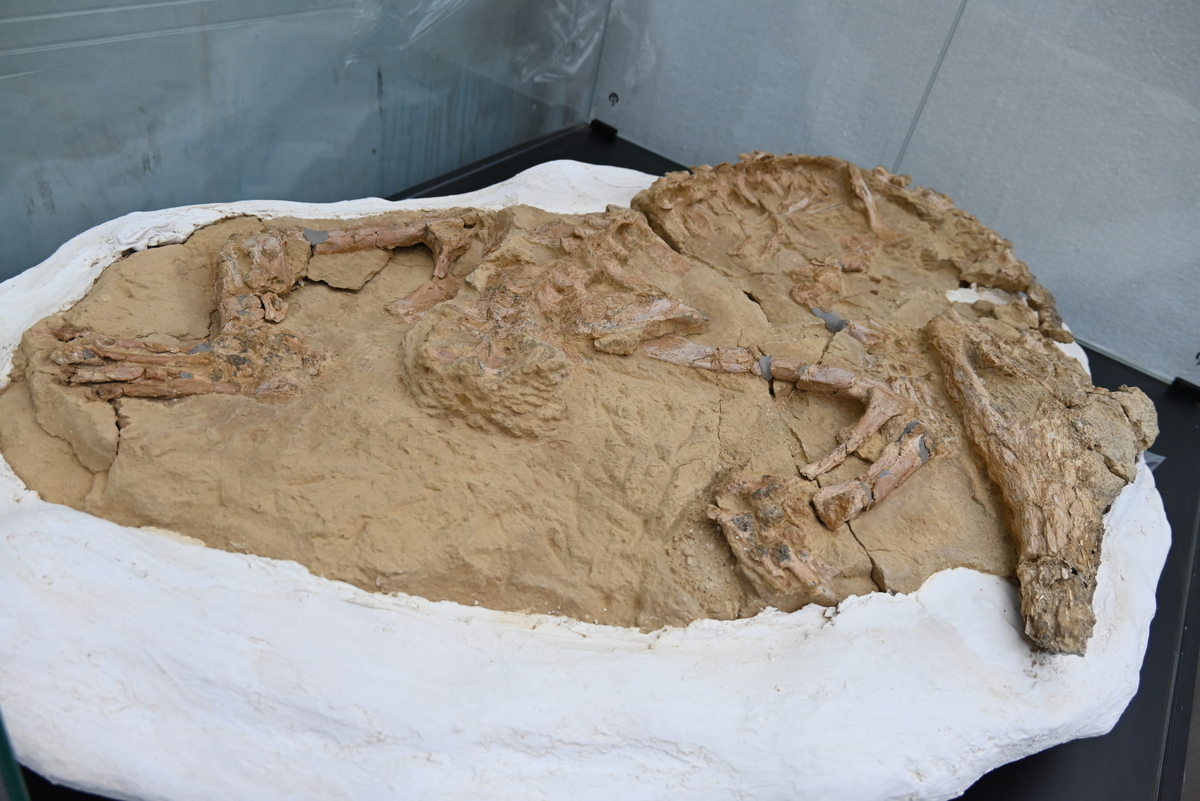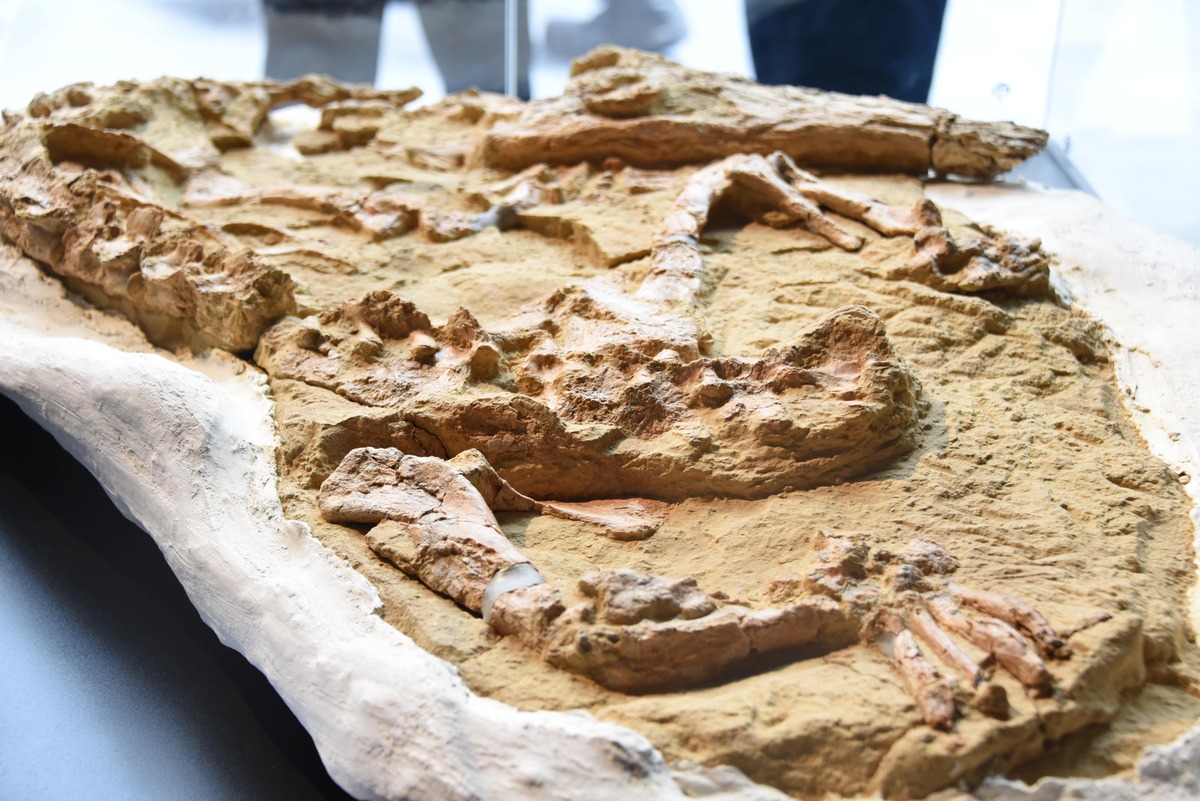Paleontologists unveiled the fossil of a young marine crocodile dating back 10 to 12 million years in the Ocucaje Desert, located approximately 350 kilometers south of Lima in the Ica region.
The fossil was presented during the III Symposium – I International Congress of Paleontology of Peru, held this week in Lima. It is an articulated and almost complete skeleton of a young gharial – fish-eating – crocodile that was nearly 3 meters (10 feet) long. The skeleton includes the skull, jaws, limbs, and ribs, highlighting the exceptional state of preservation.
“This is the first time we found a juvenile of this species, that is to say, it had not reached its maximum size yet. It died before that,” vertebrate paleontologist Mario Gamarra explained during a news conference.
Gamarra added, “We are only missing part of the left arm and a part of the tail,” while displaying the remains on a table.
According to a statement from the Peruvian governing body of national paleontology, once fully grown, these crocodiles could reach lengths of up to 9 meters (29.5 feet).

The skull and jaws of these specimens differed from that of today’s crocodiles and alligators, according to Gamarra, who headed the reconstruction of the fossil.
“They had an elongated snout and their diet was entirely piscivorous, feeding on fish,” said Gamarra. The paleontologist explained that the closest current relative to this animal would likely be the Indian gharial, which has an extremely long and thin snout.
The discovery was made jointly by Peru’s Geological, Mining and Metallurgical Institute and the La Union school.
Peru’s Ocucaje desert is rich in fossils, such as four-legged dwarf whales, dolphins, sharks, and other species from the Miocene period — between 5 and 23 million years ago — that were previously discovered there. At least 55 new species of marine vertebrates have been found in the area as of 2023.
It appears that the new gharial crocodile is just the most recent illustration of an amazing finding from this long-lost marine habitat.
Instituto Geológico Minero y Metalúrgico (Peruvian Institute of Geology, Mining and Metallurgy)
Cover Image Credit: Instituto Geológico Minero y Metalúrgico (Peruvian Institute of Geology, Mining and Metallurgy)

